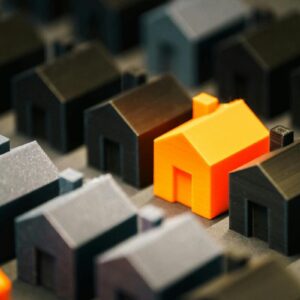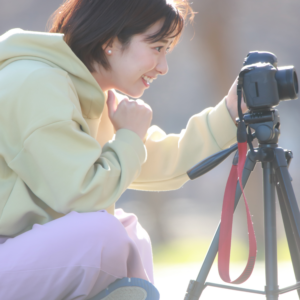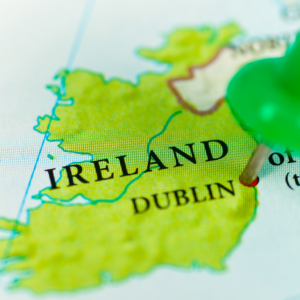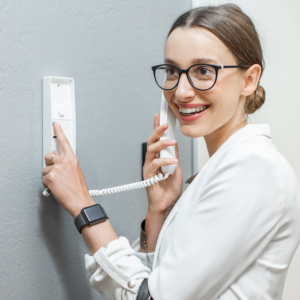Mastering Airbnb Success: Essential Photo Requirements to Boost Your Listing
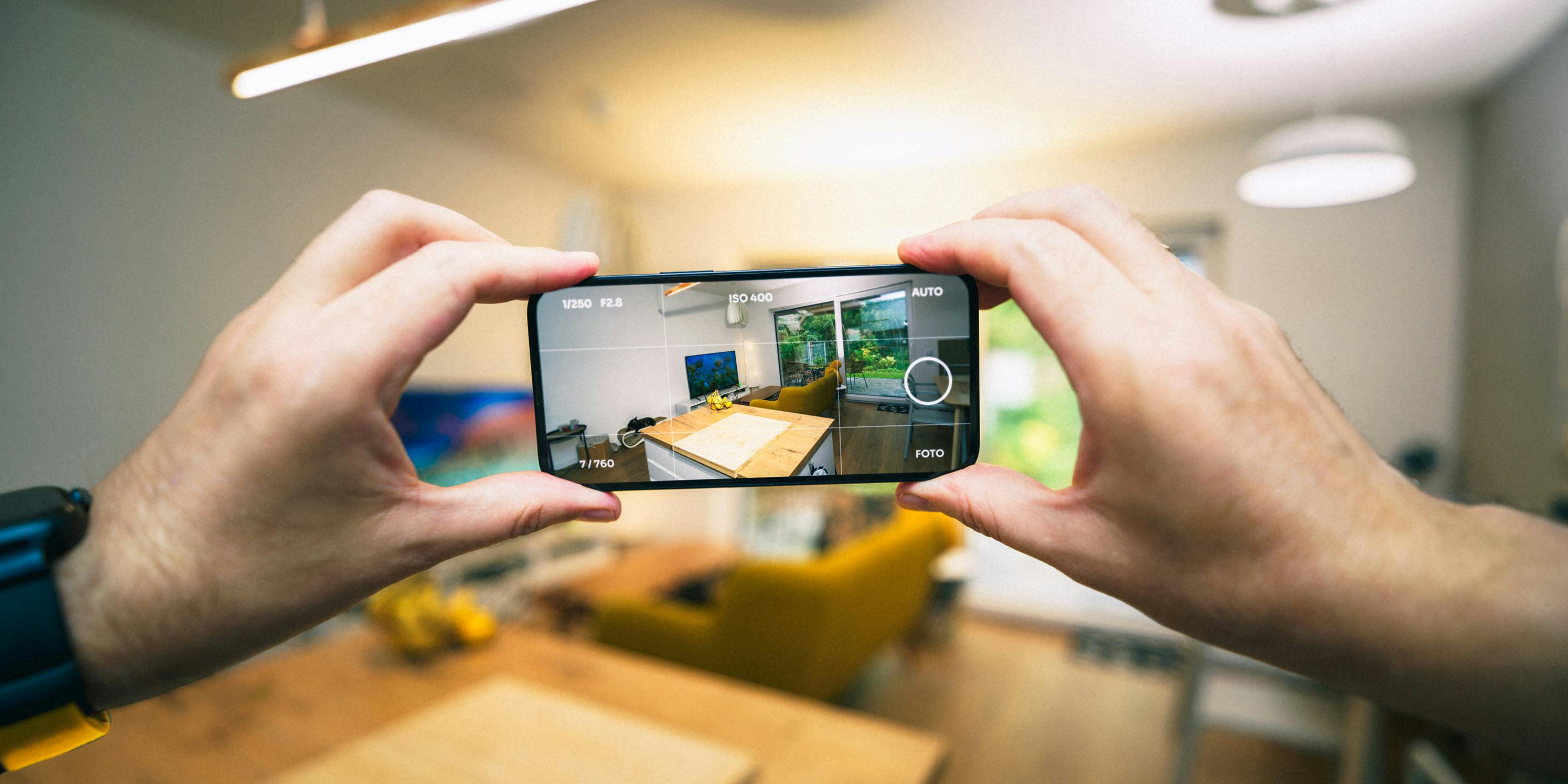
In the competitive realm of Airbnb hosting, first impressions matter immensely, and nothing captures the attention of potential guests quite like stunning photography. In a marketplace where travelers scroll through countless listings, mastering Airbnb success hinges on your ability to showcase your space through captivating images. The right photos not only highlight your property’s best features but also evoke emotion, drawing in eager guests who can envision their perfect getaway.
This article delves into the essential photo requirements that can significantly elevate your listing. From optimizing lighting and composition to strategically selecting angles that flatter your space, we’ll guide you step-by-step on how to create an inviting visual narrative. Whether you’re a seasoned host or a newcomer eager to make your mark, these tips will ensure your property stands out in a sea of options, ultimately leading to increased bookings and happier guests. Let’s unlock the full potential of your Airbnb listing through the art of exceptional photography!
Mastering Airbnb Success: Essential Cleaning Guidelines Every Host Should Follow
The Importance of High-Quality Photos for Airbnb Listings
In the digital age, where visual content reigns supreme, the significance of high-quality photos for Airbnb listings cannot be overstated. Potential guests often form their first impressions based on the images they see, and these initial impressions can greatly influence their decision to book. A well-captured photograph can convey the essence of a property, highlighting its charm, character, and unique selling points. It’s not just about showing a bed or a bathroom; it’s about creating a visual story that invites guests to imagine themselves in the space.
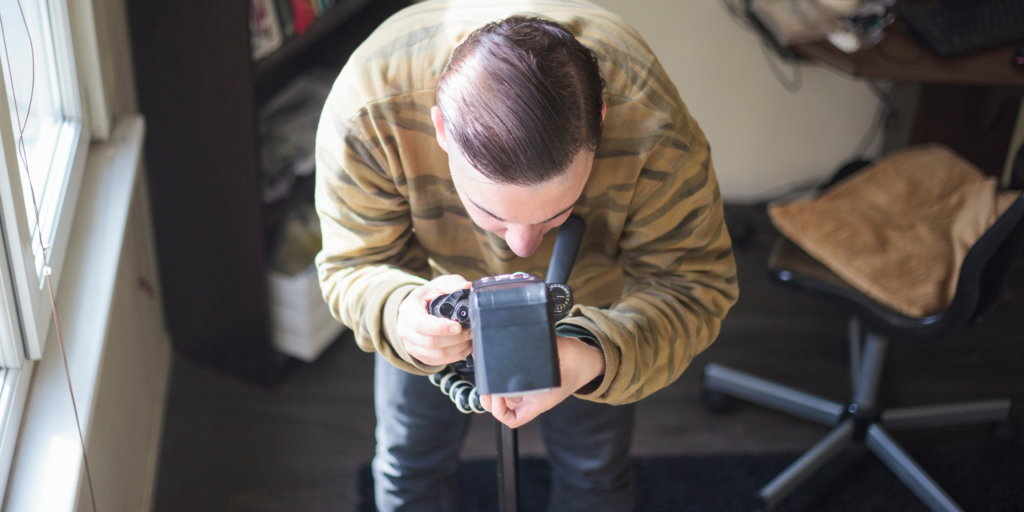
High-quality photos help build trust with potential guests. When travelers see clear, well-lit images that accurately represent the property, they are more likely to feel confident that what they see is what they will get upon arrival. This trust can be a critical factor in converting views into bookings. Conversely, poor-quality images can raise doubts and lead to a lack of interest, regardless of how wonderful the property might be in reality. Thus, investing in professional photography or taking the time to learn the basics of good photography can pay off significantly.
Moreover, Airbnb’s algorithm favors listings with high-quality photos, often placing them higher in search results. This increased visibility can lead to more views and, consequently, more bookings. High-quality photos can also lead to better reviews, as guests are more likely to have their expectations met or exceeded, leading to positive feedback. In summary, the impact of great photos extends beyond mere aesthetics; it is a strategic advantage in the competitive world of Airbnb hosting.
Essential Photo Types for Your Airbnb Listing
When preparing your Airbnb listing, it’s crucial to include a variety of photo types to give potential guests a comprehensive view of what they can expect. Each type of photo serves a unique purpose and together they create a complete visual narrative of your property. The key categories of photos you should include are interior shots, exterior shots, detail shots, and lifestyle shots.
Interior shots are perhaps the most critical, as they show the main living areas where guests will spend most of their time. These photos should cover each room in detail, including the bedroom, living room, kitchen, and bathrooms. Ensure that each room is clean, well-organized, and free of clutter before taking photos. Highlight the functionality and comfort of each space to give guests a clear idea of what their stay will entail.
Exterior shots are equally important as they set the scene for the property’s location and surroundings. Capture the front of the building, the backyard, and any other outdoor spaces such as patios, balconies, or gardens. These photos can help guests understand the property’s proximity to attractions and the overall ambiance of the neighborhood. Including shots of nearby landmarks or scenic views can also be a great selling point.
Detail shots and lifestyle shots add an emotional and personal touch to your listing. Detail shots focus on the unique features and amenities of your property, such as a cozy reading nook, a beautifully set dining table, or stylish décor elements. Lifestyle shots, on the other hand, show the property in use – for instance, a family enjoying a meal, friends gathered around a fireplace, or a couple relaxing by the pool. These images help guests envision their own experiences and create an emotional connection with the property.
Tips for Taking Stunning Interior Photos
Capturing stunning interior photos requires a combination of technical skill and creative vision. Start by preparing the space; ensure it is clean, organized, and free from personal items that could distract from the overall aesthetic. Declutter surfaces, make the bed with clean linens, and add some touches like fresh flowers or tasteful décor to enhance the appeal.
Lighting is key in interior photography. Natural light is your best friend, so try to schedule your photo shoot during the day when the sun is brightest. Open curtains and blinds to let in as much natural light as possible, and turn on all the lights in the room to create a warm and inviting atmosphere. Avoid using the camera’s flash, as it can create harsh shadows and an unnatural look. If natural light is insufficient, consider using additional lighting sources like softbox lights to evenly illuminate the space.
Composition plays a significant role in how your photos are perceived. Use the rule of thirds to create balanced and engaging images by aligning key elements along the grid lines. Shoot from various angles to find the most flattering perspective for each room. Eye-level shots are generally the most pleasing and realistic, but don’t be afraid to experiment with higher or lower angles to showcase unique features. Wide-angle lenses can be particularly useful in interior photography, as they capture more of the room and create a sense of depth and space.
Capturing the Perfect Exterior Shots
Exterior shots are the first visual introduction to your property and can significantly impact a traveler’s decision to click on your listing. To capture the perfect exterior shots, start by choosing the right time of day. Early morning or late afternoon, known as the “golden hours,” provide soft, warm lighting that can make your property look more inviting and picturesque. Avoid shooting in the harsh midday sun, as it can create unwanted shadows and highlights.
When photographing the exterior, focus on showcasing the property’s curb appeal. Make sure the lawn is mowed, the garden is tidy, and there are no visible maintenance issues like peeling paint or clutter. Include elements that add character, such as a blooming garden, a cozy porch, or a charming walkway. If your property has unique architectural features, ensure these are highlighted in the photos. For urban properties, include shots that show the building’s relationship with its surroundings, such as nearby parks, cafes, or landmarks.
In addition to the overall exterior, capture photos of any outdoor amenities your property offers. This could include a swimming pool, patio, barbecue area, or garden seating. These features are often highly attractive to guests looking for a place to relax and unwind. For properties with scenic views, make sure to include these in your exterior shots. A stunning vista can be a major draw for potential guests and make your listing stand out.
Highlighting Unique Features and Amenities
Highlighting the unique features and amenities of your property can set your listing apart from the competition. These elements not only add value to your listing but also cater to the specific needs and desires of potential guests. Begin by identifying the standout features of your property, such as a fireplace, hot tub, home theater, or a well-equipped kitchen. Each of these amenities should be prominently featured in your photos to attract guests who are looking for those specific comforts.
Detail shots are particularly effective in showcasing these unique features. For example, if your property has a beautifully designed kitchen, take close-up shots of high-end appliances, elegant countertops, and stylish cabinetry. If there’s a cozy reading nook, capture it with a good book and a cup of coffee to create an inviting scene. These small touches can make a big difference in how guests perceive the property and imagine themselves using these spaces.
Don’t forget to highlight any extras that add to the guest experience. This could include a well-stocked game room, a collection of local guidebooks, or complimentary coffee and snacks. Showcasing these thoughtful details can enhance the overall appeal of your property and demonstrate your commitment to providing a memorable stay. Additionally, if your property caters to specific types of travelers, such as families, business travelers, or pet owners, include photos that highlight amenities relevant to those groups, such as a play area, a dedicated workspace, or pet-friendly spaces.
The Role of Lighting in Real Estate Photography
Lighting is one of the most critical elements in real estate photography, and it can make or break the quality of your photos. Proper lighting enhances the colors, highlights the details, and creates a welcoming atmosphere that can significantly influence potential guests’ perceptions of your property. Natural light is the best option for capturing bright, clear, and inviting images. Aim to take your photos during the day, utilizing the ample natural light that floods through windows and doors.
To optimize natural lighting, open all curtains and blinds to let in as much light as possible. Position yourself so that the light is coming from behind or to the side of the camera, rather than directly into it. This technique helps to avoid harsh shadows and ensures the room is evenly lit. For rooms that lack natural light, use artificial lighting to brighten the space. Soft, diffused light sources, such as lamps with warm bulbs or photography lights with softboxes, can help create a cozy ambiance without casting harsh shadows.
In addition to general room lighting, use lighting to highlight specific features and create focal points within your photos. For example, accent lighting can draw attention to a beautiful piece of artwork, an architectural detail, or a cozy reading corner. Experiment with different lighting setups to find the most flattering arrangement for each room. Remember, the goal is to create a warm, inviting, and well-lit environment that makes potential guests feel at home.
Editing and Enhancing Your Airbnb Photos
Once you’ve captured your photos, the next step is to edit and enhance them to ensure they look their best. Editing can help correct any lighting issues, enhance colors, and remove any distractions that may detract from the overall appeal. There are various photo editing software options available, ranging from user-friendly apps to professional-grade programs like Adobe Lightroom and Photoshop.
Start by adjusting the basic settings such as brightness, contrast, and saturation to ensure the images are well-lit and the colors are vibrant yet natural. Be careful not to overdo the edits, as overly enhanced photos can look unrealistic and mislead potential guests. Use tools like the crop and straighten functions to ensure your photos are well-composed and aligned. Removing any lens distortion, especially common with wide-angle lenses, can help maintain the integrity of the space.
Advanced editing techniques can also be beneficial. For instance, using the clone stamp or healing brush tools can help remove any minor imperfections or distractions, such as power outlets or cords that may appear in the photos. Additionally, consider using the HDR (High Dynamic Range) technique to combine multiple exposures of the same scene, which can help balance out the lighting and bring out details in both the shadows and highlights. Ultimately, the goal of editing is to enhance the natural beauty of your property without compromising on authenticity.
Common Photography Mistakes to Avoid
Even with the best intentions, it’s easy to make mistakes when photographing your Airbnb property. Being aware of common pitfalls can help you avoid them and ensure your photos are as appealing as possible. One common mistake is neglecting to declutter and clean the space before taking photos. Cluttered, messy rooms can be off-putting and distract from the property’s best features. Always take the time to tidy up and create a clean, welcoming environment.
Another frequent mistake is poor lighting. Insufficient or harsh lighting can make rooms look uninviting and can obscure important details. Always aim to use natural light where possible and supplement with artificial lighting as needed. Avoid using the camera’s flash as it can create unflattering shadows and reflections. If you’re struggling with lighting, consider investing in some basic photography lighting equipment to help achieve a more professional look.
Lastly, avoid taking photos from awkward angles or using a camera lens that distorts the space. Shooting from too high or too low can make rooms look disproportionate, while cheap wide-angle lenses can create unrealistic perspectives. Aim for eye-level shots and use a quality camera with a lens that accurately represents the space. Taking the time to review and critique your photos can also help you identify and correct any issues before they go live on your listing.
How to Optimize Your Photos for Search Engines
Optimizing your photos for search engines is an important step in ensuring your Airbnb listing reaches as many potential guests as possible. While Airbnb’s own search algorithm plays a significant role, general search engine optimization (SEO) practices can also help boost your visibility. Start by ensuring that your photos are high-quality and relevant, as these are key factors that both Airbnb and search engines consider when ranking content.
One effective technique is to use descriptive filenames for your photos. Instead of generic names like “IMG_1234,” use filenames that describe the content of the image, such as “cozy-living-room-airbnb” or “modern-kitchen-rental.” This practice helps search engines understand what the image is about and can improve your listing’s visibility in search results. Additionally, use alt text (alternative text) for each photo. Alt text is a brief description of the image that helps search engines index the content and improves accessibility for visually impaired users.
Finally, ensure that your photos are appropriately sized and optimized for fast loading times. High-resolution images are essential for quality, but large file sizes can slow down your listing’s load time, potentially leading to a higher bounce rate. Use image compression tools to reduce file sizes without compromising quality. By taking these steps, you can enhance your listing’s search engine performance, making it easier for potential guests to find and book your property.
Conclusion: Elevate Your Airbnb Listing with Great Photography
Mastering the art of photography is a powerful tool in elevating your Airbnb listing and ensuring it stands out in a crowded marketplace. High-quality photos are more than just a visual representation of your property; they are a strategic asset that can significantly influence potential guests’ perceptions and booking decisions. By understanding the importance of various photo types, utilizing effective lighting and composition techniques, and highlighting unique features and amenities, you can create a compelling visual narrative that draws guests in.
Investing time and effort into capturing and editing stunning photos can build trust, enhance guest experiences, and lead to better reviews and higher rankings on Airbnb. Avoiding common photography mistakes and optimizing your photos for search engines further ensures that your listing is both appealing and discoverable. Whether you’re a seasoned host or new to the platform, these essential photo requirements provide a solid foundation for showcasing your property in the best possible light.
In conclusion, exceptional photography is a key component of Airbnb success. It not only attracts potential guests but also sets the stage for memorable stays that lead to repeat bookings and positive word-of-mouth. By following the guidelines outlined in this article, you can unlock the full potential of your Airbnb listing and create a standout presence that resonates with travelers from around the world.
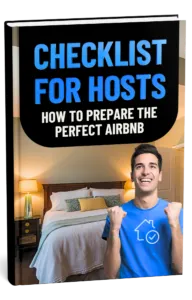
Sobre o Autor
